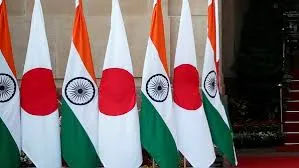The Reserve Bank of India has proposed strict regulations for project financing, making it expensive for lenders to give loans for industrial and infrastructural projects like roads, ports, and power plants.
As per the new norms, lenders must set aside 5 percent of the lent money as general provisions for existing and new loans. Currently, banks provide 0.4% of the loan meant for exposures that are not in default.
This new norm can seriously impact Banks’ profits that enjoy significant exposure to such projects. Besides, these new regulations now need a 1 percent provision after the completion of the project. Which is double than the existing provision.
According to a senior public sector bank official, these provisions will increase the project financing cost due to higher interest rates. As a result, banks’ profits will be reduced as they will be taken out of their earnings.
These new norms have also decreased the flexibility for lenders. As they know what needs to be done under different circumstances especially in scenarios like project delays.
Rationale Behind This New Norm
In light of the numerous projects emerging for private sector financing which include renewable power and other areas, the Reserve Bank of India has opted to tighten prudential norms.
Praising these new norms the Vice president of Icra Anil Gupta has said that higher provisions and capital allocation will lead to the increase in project’s borrowing costs during its construction phase. Due to increased provisions, it’ll improve the lender’s resilience to deal with the potential risk of such projects.
Anil Gupta further added with the start of the project, lenders can reduce the provision of 2.5% of lent money. If project performs well and maintains sufficient cash flows for the repayment of loans, the provisions will be further reduced to 1% of the lent money.























